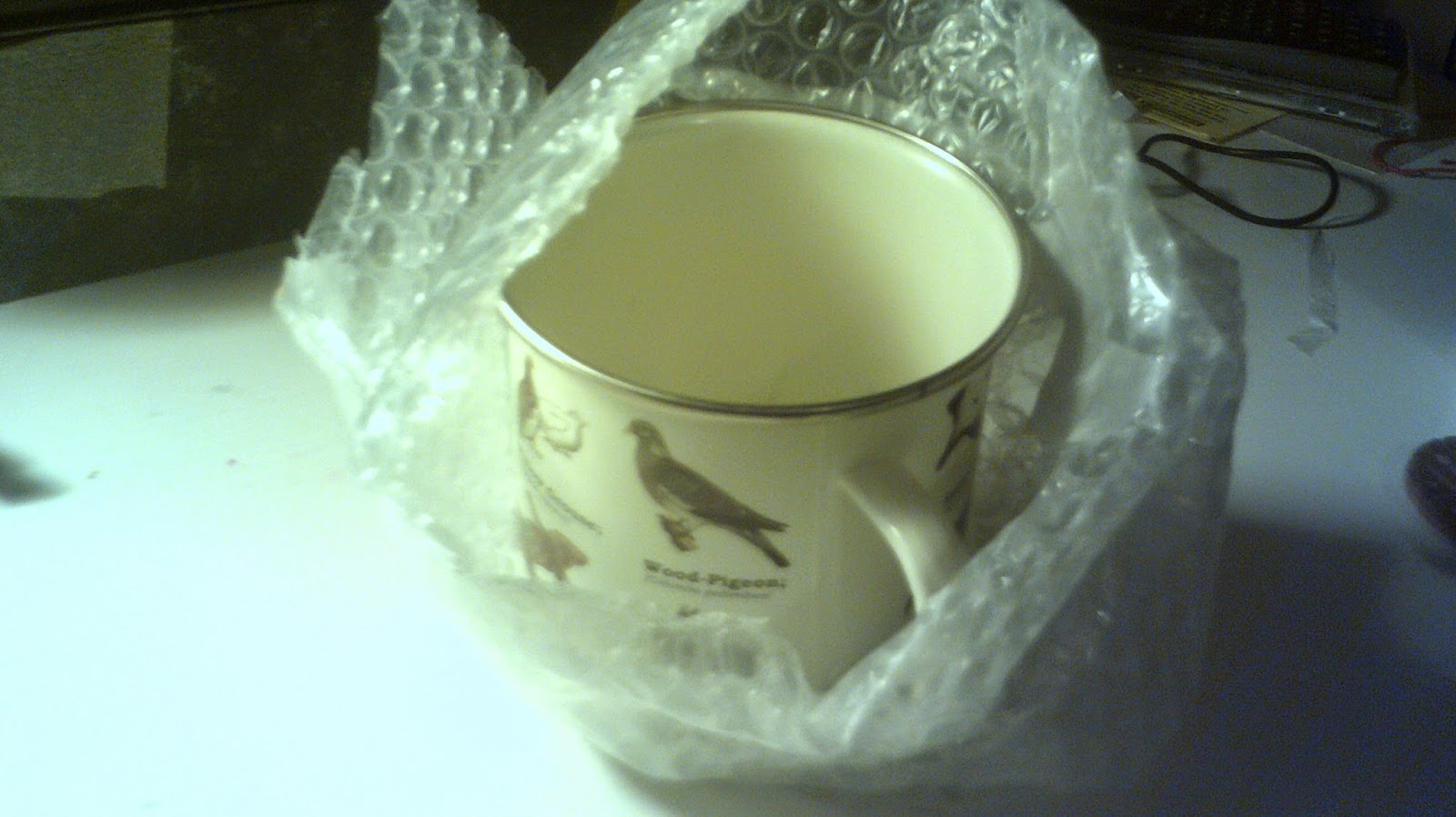I went to a lecture last week at which a piece of iron of mass 469 grams was placed in an insulated tub of liquid nitrogen. Liquid nitrogen boils at -196 degrees Celsius so a block of iron at room temperature (24 degrees Celsius) will seem stupidly hot to it. Thermal energy from the iron block went into the liquid nitrogen by conduction and made it boil.
This next picture shows you a murky looking iron block below the surface of the liquid nitrogen.
The scales had been zeroed with the tub of nitrogen on top and then the block of iron was added so that
the reading on the scales was 469.00 grams. As the liquid nitrogen boiled, nitrogen gas went off into the air and the reading on the scales went down. Here is the final reading.
Now the iron loses 200 Joules of thermal energy for every gram of nitrogen that goes into the air.
1. Calculate the mass of liquid nitrogen that boiled off into the air.
2. Show that 48064 Joules of energy must have gone out of the iron and into the liquid nitrogen to make that much boil away.
3. Use energy = mass x c x change in temperature to calculate the specific heat capacity of the iron. (Hints: the iron cooled from room temperature to the temperature of liquid nitrogen, and you need to put the mass of the iron into kg to get a decent answer)
4. Look up the true value from the specific heat capacity. We were very close. Explain why that means we can say that the experiment was accurate and give a reason why it is impossible for this experiment to give a perfect answer.


































